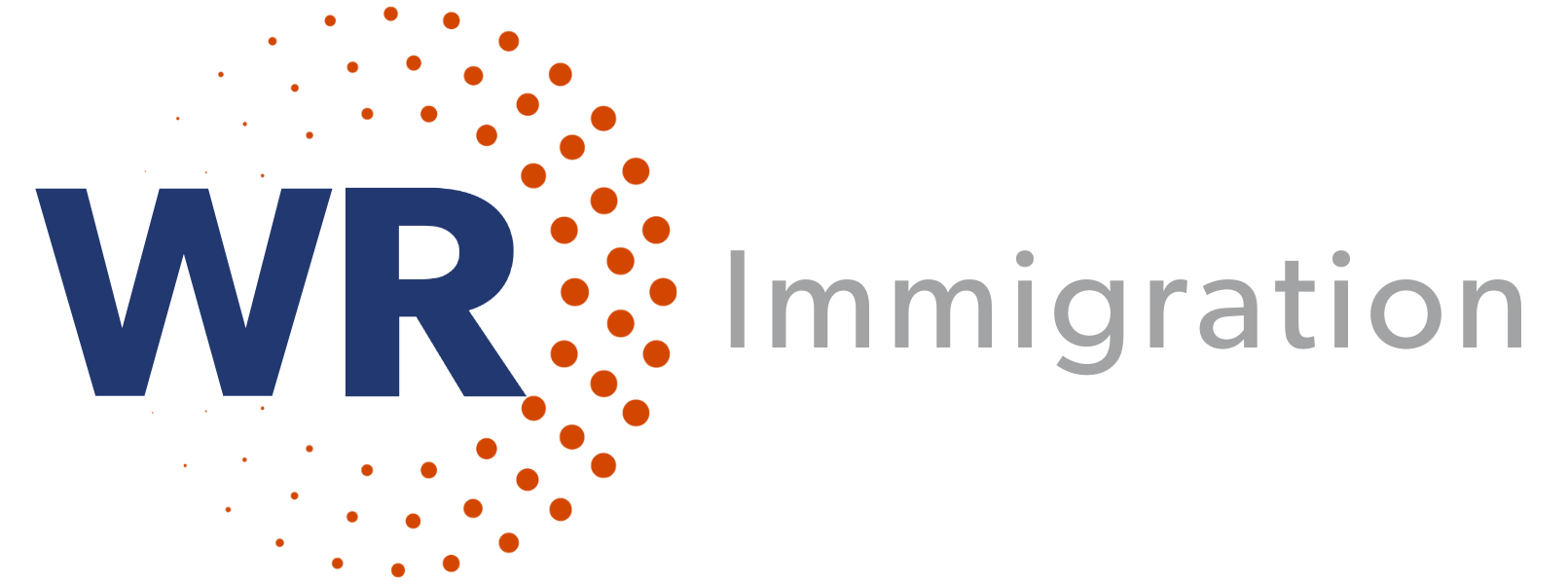Although more than 80 countries have E treaties, recently released statistics show that a relative few use most of the visas. Worldwide, in fiscal year (FY) 2020, the nonimmigrant visa workload for E-2s was 26,759, with 23,493 issued and 3,266 refused. Japan was the country with the most E-2 visa approvals in FY 2020 by far (8,654), followed by Canada (2,500), South Korea (1,973), Germany (1,487), France (1,279), and Great Britain and Northern Ireland (1,275).
The totals by area in FY 2020 include Africa (69), Asia (11,557), Europe (7,427), North American (3,449), Oceania (300), and South America (691).
Background: The E Visa
E visas for temporary workers include several categories:
- Treaty traders (E-1) conduct substantial trade in goods, including but not limited to services and technology, mainly between the United States and their country of origin of which they are citizens or nationals.
- Treaty investors (E-2) invest a substantial amount of money and direct the operations of an enterprise in which they have invested or are actively investing. (There is a different classification, E-2 CNMI-Only Investors, for those from the Commonwealth of the Northern Mariana Islands.)
- Australian specialty occupation workers (E-3) perform services in a specialty occupation.
According to U.S. Citizenship and Immigration Services (USCIS), before entering the United States, treaty traders or investors and Australian specialty occupation workers must apply and receive an E-1, E-2, or E-3 visa from a U.S. consulate or embassy overseas. A U.S. company may also request a change of status to E-1, E-2, or E-3 for a nonimmigrant who is already in the United States.
How to Qualify for an E-2 Treaty Investor Visa
The E-2 nonimmigrant classification allows a national of a treaty country to be admitted to the United States when investing a substantial amount of capital in a bona fide U.S. business, for a maximum initial stay of two years, with unlimited requests for extension of stay possible for up to two years each (although E-2 nonimmigrants must maintain an intention to depart the United States when their status ends). A treaty country is one with which the United States maintains a treaty of commerce and navigation, or with which the United States maintains a qualifying international agreement, or that has been deemed a qualifying country by legislation.
To qualify for E-2 classification, the investor must be seeking to develop and direct the investment enterprise in the United States. There is no set minimum amount of investment required, although it must be proportional to the venture being undertaken. Higher amounts are more likely to be approved. Certain employees of such a person or of a qualifying organization may also be eligible for this classification.
Some important and highly populated countries do not have E-2 treaties with the United States; for example, Brazil, mainland China (although Taiwan has an agreement), India, and South Africa don’t have such a treaty.
Contact your WR attorney for more information or advice and help in specific situations. For general inquires, email visalaw@wolfsdorf.com.
More info:
- E-2 Treaty Investors, USCIS, https://www.uscis.gov/working-in-the-united-states/temporary-workers/e-2-treaty-investors
- E-visa treaty countries list, Dept. of State, https://travel.state.gov/content/travel/en/us-visas/visa-information-resources/fees/treaty.html
- Worldwide NIV workload by visa category FY 2020, Dept. of State, https://travel.state.gov/content/dam/visas/Statistics/Non-Immigrant-Statistics/NIVWorkload/FY2020NIVWorkloadbyVisaCategory.pdf
- FYs 1997-2020 NIV Detail Table, Dept. of State, https://travel.state.gov/content/dam/visas/Statistics/Non-Immigrant-Statistics/NIVDetailTables/FY20NIVDetailTable.pdf
- E Visas (E-1, E-2, and E-3) for Temporary Workers, USCIS, https://www.uscis.gov/forms/explore-my-options/e-visas-e-1-e-2-and-e-3-for-temporary-workers
- U.S. E-2 Visa Statistics, Investment Migration Insider, https://www.imidaily.com/datacenter/united-states-e2-visa-statistics/


